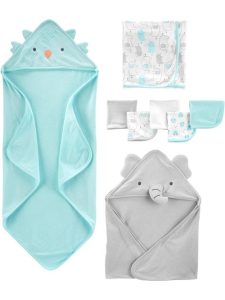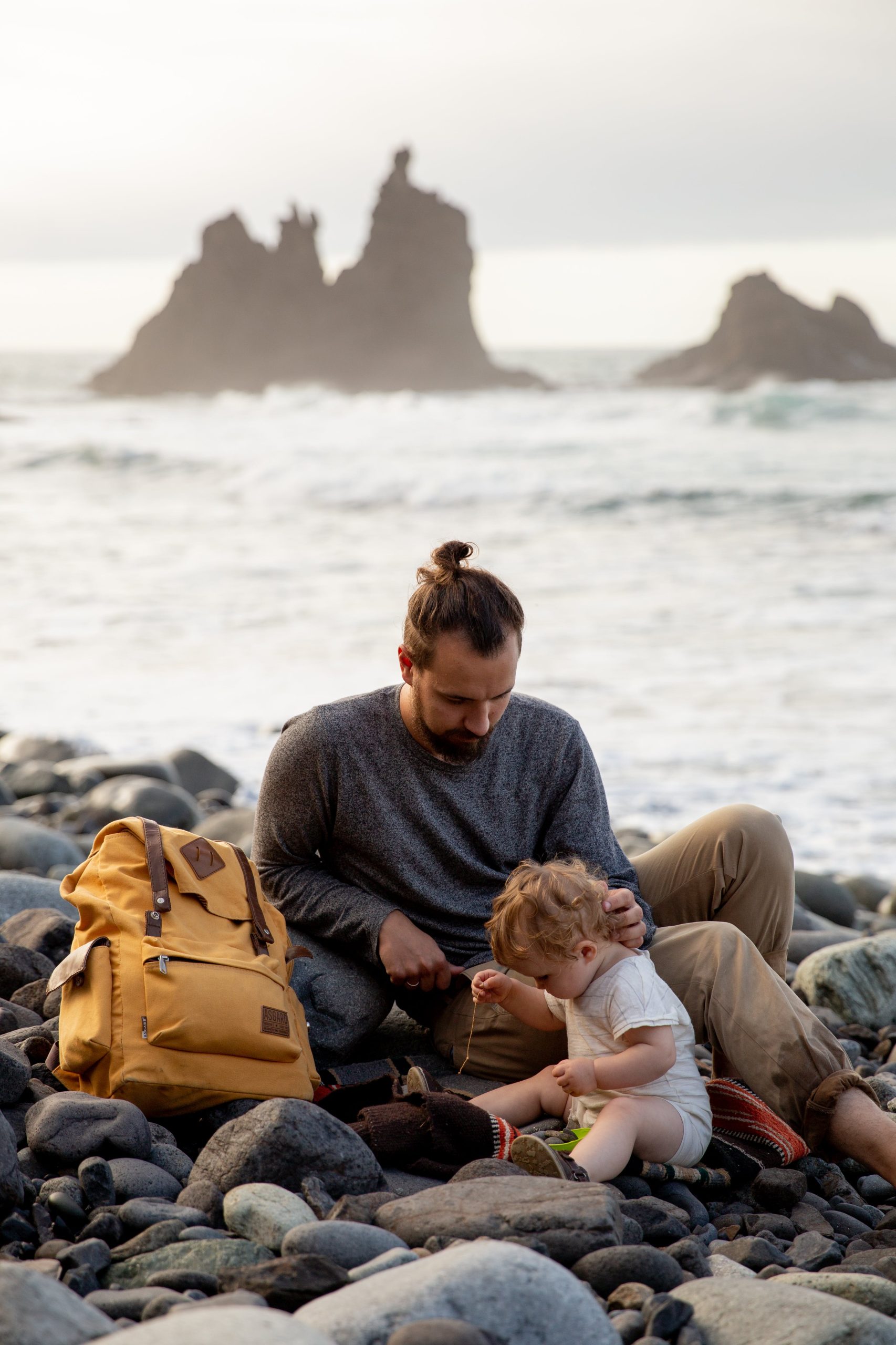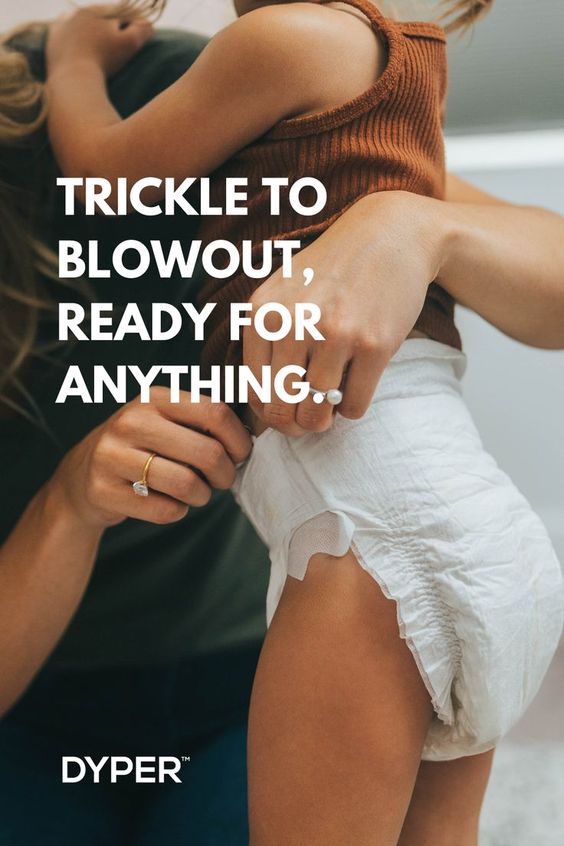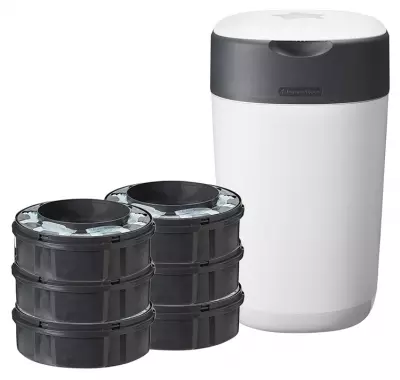Newborn babies are amazing little bundles of joy, but they can also generate a surprising amount of waste. Diapers are an essential part of newborn care, and with so many options available, choosing the right one can feel overwhelming. This comprehensive guide will explore everything you need to know about diapers for newborns, from different types and sizes to features and benefits.
Understanding Diapers for Newborns: Absorbency and Leakage Protection
Newborn diapers are specially designed to be soft, comfortable, and absorbent for tiny bottoms. Here’s what to consider:
Frequent Changes:
Newborns poop and pee frequently, so absorbency is key to prevent leaks and blowouts.
Leakage Protection:
Look for diapers with leak guards around the legs and waistband for extra protection.
Umbilical Cord Notch:
Many newborn diapers have a special cut-out to protect your baby’s delicate umbilical cord while it heals.
Choosing the Right Size: Ensuring a Perfect Fit
Newborn diapers come in different sizes to accommodate a variety of weights. Here’s a tip:
- Weight Range: Diaper packages will indicate a weight range for each size. Choose a size that falls within your baby’s weight range to ensure a snug but comfortable fit.

Exploring Different Types of Diapers for Newborns: Disposable vs. Cloth
There are two main types of diapers to consider: disposable and cloth. Here’s a breakdown of each:
Disposable Diapers:
Convenient and easy to use, disposable diapers are the most popular choice for newborn care.
Cloth Diapers:
More eco-friendly and economical in the long run, cloth diapers require washing and reusing.
Disposable Diapers: Convenience and Ease of Use
Disposable diapers offer several advantages for busy parents:
- Easy Changes: Simply remove the soiled diaper and throw it away. No mess, no fuss!
- Wide Variety: Disposable diapers come in various features, from nighttime options to those designed for sensitive skin.
- Travel-Friendly: Disposable diapers are convenient for travel and outings, requiring no washing or rinsing.
Things to Consider with Disposable Diapers: Environmental Impact
Disposable diapers are convenient, but they do create landfill waste. Here are some things to consider:
- Look for Eco-Friendly Options: Some disposable diaper brands offer eco-friendly options made with recycled materials.
- Consider Cloth Diapers: If you’re environmentally conscious, cloth diapers can be a good alternative in the long term.
Cloth Diapers: Reusable and Eco-Friendly
Cloth diapers are making a comeback due to their environmental benefits and cost-effectiveness. Here’s a closer look:
- Upfront Cost: Cloth diapers require an initial investment, but they can be reused for multiple children.
- Washing Routine: Cloth diapers need to be washed and dried after each use, which requires planning and effort.
- Variety of Options: Cloth diapers come in various materials, from cotton to bamboo, offering different levels of absorbency and comfort.
Things to Consider with Cloth Diapers: Finding the Right Routine
Cloth diapering requires a bit more work than disposables, but it can be a rewarding experience. Here are some tips:
- Research Different Options: Explore different cloth diaper materials and choose what suits your lifestyle and preferences.
- Invest in Diaper Liners: Diaper liners make cleanup easier and can extend the life of your cloth diapers.
- Develop a Washing Routine: Establish a system for washing and storing your cloth diapers to keep things organized.
Beyond the Basics: Features to Look for in Diapers for Newborns
Once you’ve chosen between disposable and cloth, consider some additional features:
- Wetness Indicator: A wetness indicator line changes color when the diaper is full, letting you know it’s time for a change.
- Hypoallergenic Materials: Look for diapers made with hypoallergenic materials to minimize the risk of diaper rash.
- Fun Designs and Prints: Disposable diapers come in adorable prints and designs, adding a touch of fun to diaper changes.
There’s no single “best” diaper for every newborn. The ideal choice depends on your lifestyle, preferences, and environmental concerns. By considering the factors mentioned above, you can feel confident choosing diapers that keep your baby comfortable and happy.
Diaper Changing Essentials: Keeping Your Newborn Clean and Comfortable
Now that you’ve chosen the right diapers, let’s explore what you’ll need for diaper changes. Here are the essentials:
- Changing Pad: A designated changing pad provides a comfortable and hygienic surface for diaper changes.
- Diaper Wipes: Choose gentle, fragrance-free wipes to clean your baby’s skin.
- Diaper Rash Cream: Diaper rash is common. Having a diaper rash cream on hand can help soothe and prevent irritation.
- Wash Basin/Wipes Warmer (Optional): A washbasin near the changing area is ideal for rinsing. Wipe warmers can be soothing for some babies, but they are not essential.
Diaper Changing Tips: A Smooth and Speedy Routine
With a little practice, diaper changes can become a quick and efficient part of your newborn care routine. Here are some tips:
- Gather Supplies: Have everything you need within reach before starting the change.
- Dispose of the Soiled Diaper: Wrap the dirty diaper securely and dispose of it properly.
- Cleanse Your Baby’s Skin: Gently wipe your baby’s genitals and buttocks with wipes, front to back for girls and from front to back for boys.
- Apply Diaper Rash Cream (if needed): Apply a thin layer of diaper rash cream to your baby’s clean, dry bottom at each change.
- Fasten the New Diaper: Snug but comfortable is key! Avoid over-tightening the diaper.
Diapers for Newborns Do’s and Don’ts: Keeping Your Baby Healthy
Here are some general guidelines for using newborn diapers safely and effectively:
- Do Change Diapers Frequently: Change your baby’s diaper whenever it feels soiled or wet to prevent diaper rash.
- Don’t Use Tight Diapers: A snug fit is important, but a tight diaper can cause discomfort and restrict blood flow.
- Do Wipe From Front to Back: This helps prevent the spread of bacteria.
- Don’t Use Harsh Soaps or Wipes: These can irritate your baby’s delicate skin.
- Do Pay Attention to Skin Sensitivity: If your baby experiences diaper rash frequently, talk to your pediatrician about potential allergies or sensitivities.
Conclusion: Diaper Duty: A Bonding Experience
Changing diapers is a necessary part of newborn care, but it can also be a bonding experience. Talk to your baby softly, sing songs, or make silly faces. This positive interaction can help strengthen the connection between you and your little one.






